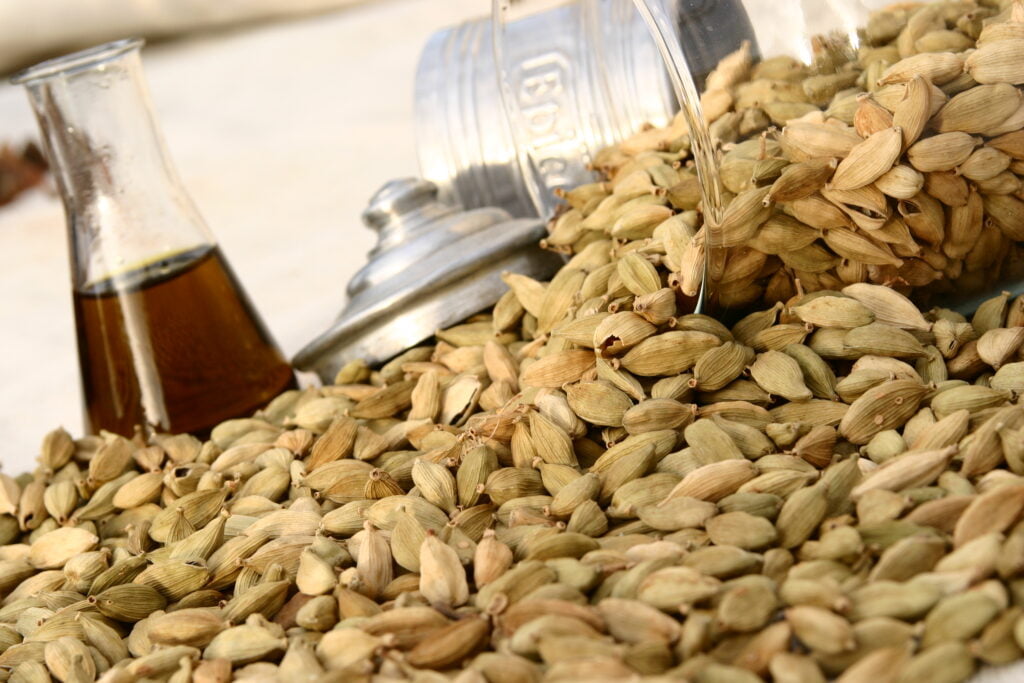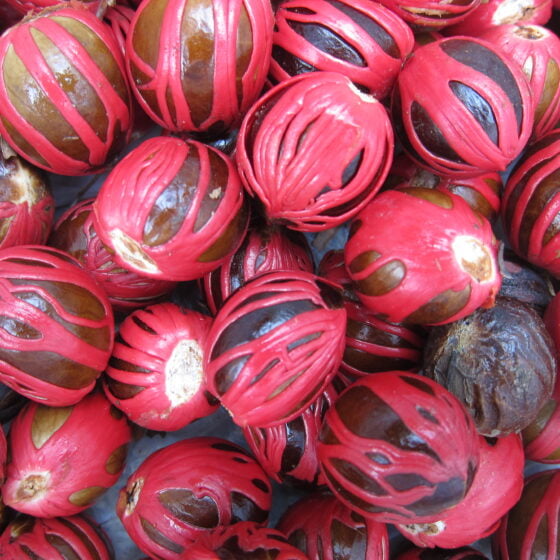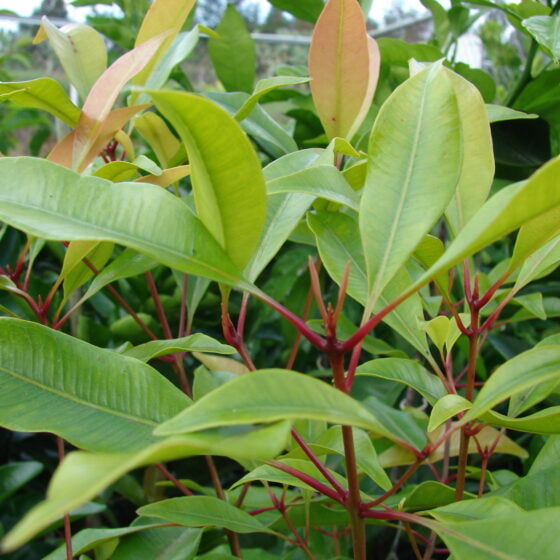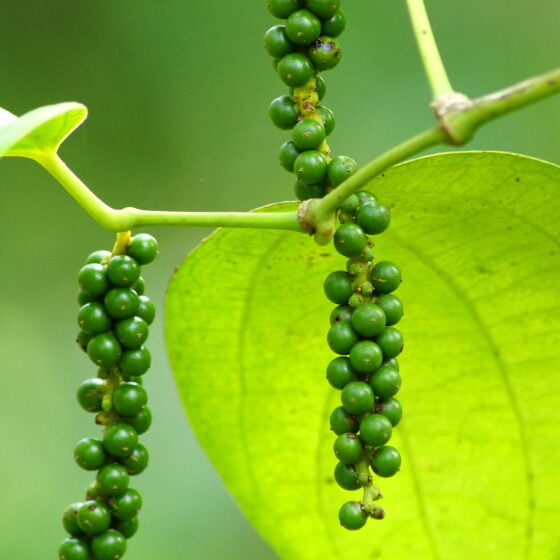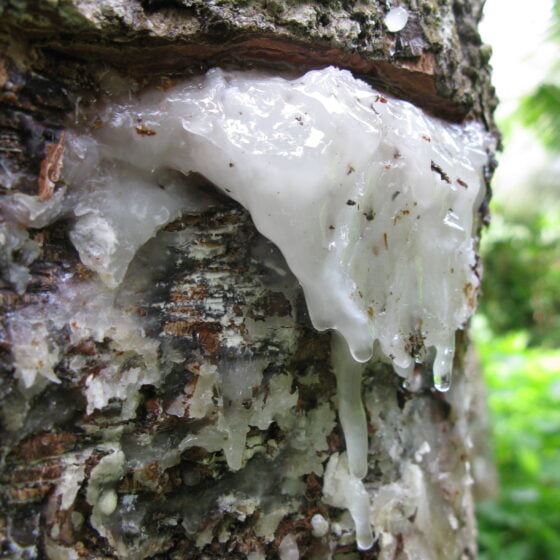
Cardamom Guatemala
Elettaria cardamomum
General data
Harvest Calendar
- J
- F
- M
- A
- M
- J
- J
- A
- S
- O
- N
- D
Product details Fragrance side
A signature of a few renowned perfumers, cardamom is often used at the heart of spices as an accompaniment to ginger or cold spices. It can also be paired with cedar woody notes or in more gourmand accords.
About
Native to the tropical forests of India, cardamom is a perennial herbaceous plant with thick rhizomes. The reed-like stems are formed of long, overlapping leaf sheaths. The mature fruit is a capsule-like pod that protects some twenty small, black, aromatic seeds. Cardamom is a very old spice, one used since ancient times to flavor and purify dishes. It was considered the “queen of spices” due of its delicious aroma and high market value. In India and Pakistan, it was used to communicate with the gods: The capsules were burned as incense, along with sandalwood and cascarilla, during religious rites.
The “queen of spices” grows alongside black pepper, both from the Kerala region and the Malabar Coast. Cardamom, long a wild plant, is now cultivated in India and Guatemala. A cardamom plant requires five years to reach optimum productivity and has an productive lifespan of up to fifteen years. The cardamom pods are harvested before reaching maturity, when they begin to lose their green tint. When ripe, they open spontaneously and release their precious seeds. Each fruit is hand-gathered, using clippers, from December to February.
Fragrance side
A signature of a few renowned perfumers, cardamom is often used at the heart of spices as an accompaniment to ginger or cold spices. It can also be paired with cedar woody notes or in more gourmand accords.
About
Native to the tropical forests of India, cardamom is a perennial herbaceous plant with thick rhizomes. The reed-like stems are formed of long, overlapping leaf sheaths. The mature fruit is a capsule-like pod that protects some twenty small, black, aromatic seeds. Cardamom is a very old spice, one used since ancient times to flavor and purify dishes. It was considered the “queen of spices” due of its delicious aroma and high market value. In India and Pakistan, it was used to communicate with the gods: The capsules were burned as incense, along with sandalwood and cascarilla, during religious rites.
The “queen of spices” grows alongside black pepper, both from the Kerala region and the Malabar Coast. Cardamom, long a wild plant, is now cultivated in India and Guatemala. A cardamom plant requires five years to reach optimum productivity and has an productive lifespan of up to fifteen years. The cardamom pods are harvested before reaching maturity, when they begin to lose their green tint. When ripe, they open spontaneously and release their precious seeds. Each fruit is hand-gathered, using clippers, from December to February.
Other type of extracts
(Spicy)
